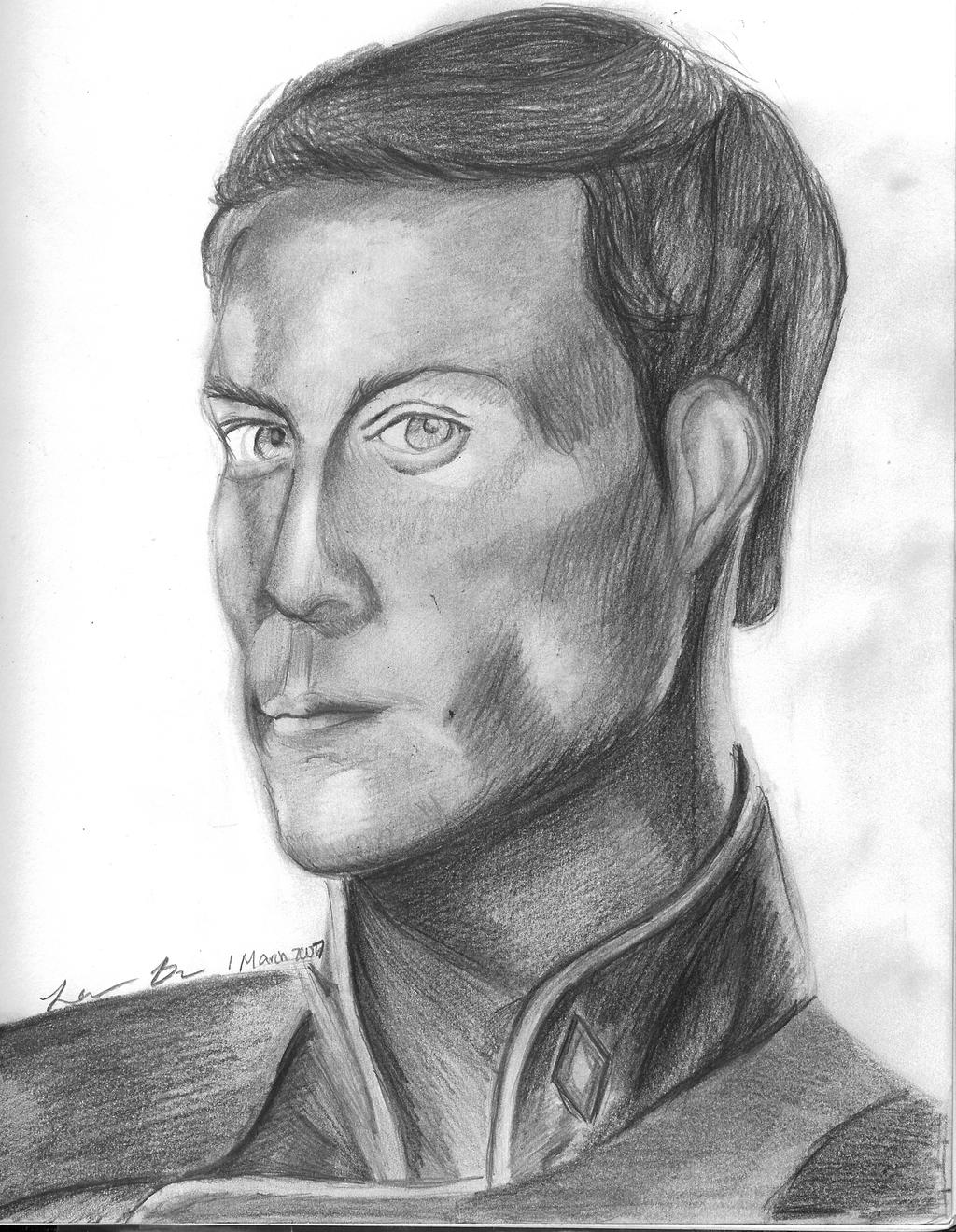 |
| Please, no poop. I've got 3 breasts. |
 |
| This is an AWFUL drawing. |
Now first, a few caveats. This film was exceedingly profound when I first saw it on VHS around the age of 7. Not only does the character of David have some true life roots (dad is gone, which tends to be rare for a family film), but the central problem is fundamentally terrifying to a child: having taken a small fall down a meager hill, David hops right back up and goes home... to find that everyone he loved is gone, has moved out, and moved on.. because 8 years have gone by.
 |
| 1986 3D rendering into an environment. Amazing. |
Now, aside from all this drama, what a way to explore! The ship is the ultimate in conveyance: fast, adaptive, humorous. (An adult rewatch makes it painfully clear that Paul Rubens is the voice of Max, particularly once Max becomes "silly" and sounds exactly like Pee Wee Herman.) The film has its limitations: the third act is slowly mired in kid frivolity despite the first two acts being and feeling perfectly serious for an 7- or 8-year-old. Yet it presents such a feeling of wonder and exploration: a ship to call your own, and a star to steer her by.
As a side note, Flight of the Navigator had liquid metal morphing effects in 1986. Astonishingly amazing morphing effects in 1986--effects so good that many look near flawless and most require only the smallest grain of salt.
The plot, for those who haven't seen it, turns out alright: after exciting chases and a brief capture by big, bad NASA, David makes his way back to the ship who returns him to 1978. Fireworks explode, and Max the ship goes zooming by, declaring, "See you later, Navigator!"
See you later? Pish posh: for those who haven't seen it, see it soon. Heck, see it now: apparently Disney doesn't care enough to pull rank with its copyright, so you can watch it on YouTube, right now... Navigator!
No comments:
Post a Comment